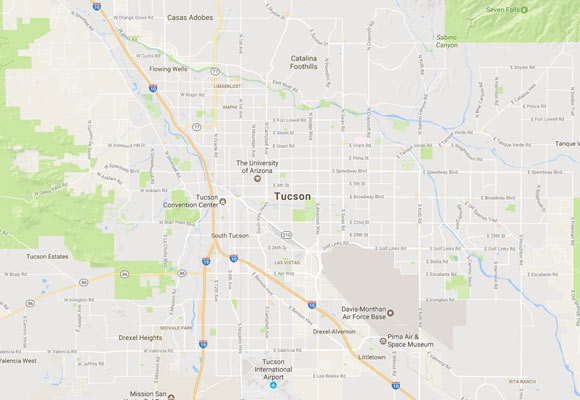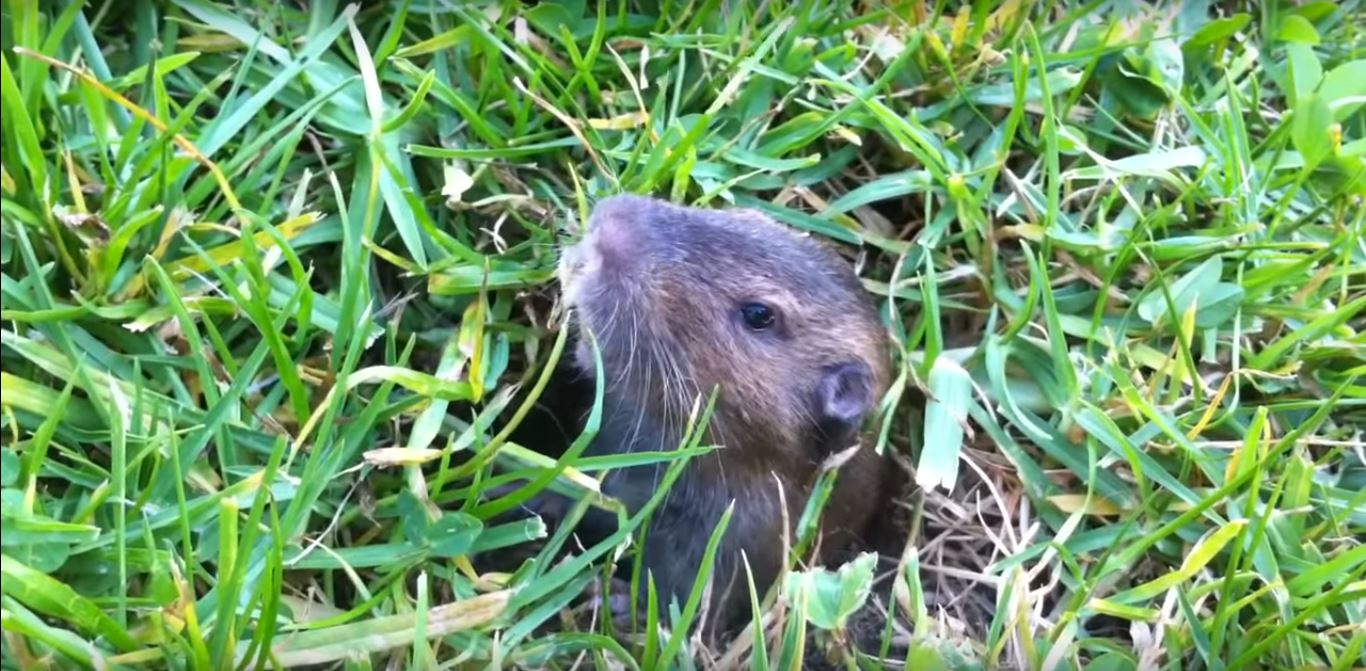
Pest Animal Removal Tucson - Wildlife Control
Welcome to Pest Animal Tucson! We are a wildlife removal company servicing Tucson, AZ. Although there are a number of approaches to wild animal removal, we will always try our best to use exclusion devices to remove them using the least interference necessary, and then prevent them from gaining re-entry. When exclusion methods do not or will not work, we can pull a number of other tricks from up our sleeves, using live cage or other traps to capture and then relocate the animal. That's just one of the things that puts us above the competition in terms of wild animal removal, and that's not all that we can boast about. Whether you have a skunk under the shed, a groundhog under the porch, or an opossum checking out the basement, we can deal with and remove the lot, and we'll even go the extra mile to make doubly sure those critters won't ever have the chance to get back in again. It is not recommend that you deal with pest wild animals, including rats and mice, using poison, and you'll be happy to learn that we do not use that inhumane approach, for the removal of any animal. So, for a 24/7 wild animal removal and control service that not only deals with the critters, but also future potential problems, give our friendly phone operators a call today. Same-day appointments are available for urgent cases. Call us now at 520-867-4440 for your Tucson wildlife control needs.
About Pest Animal Tucson and Our Services:
We answer our phones 24/7.
Property inspections and in-attic inspections.
Nuisance wildlife trapping and removal.
Critter damage repair to your home.
We never use poisons! We don't handle insects.
Licensed and insured in Arizona
Tucson rat control and rodent removal
Bat control in Tucson - removal from attics
Raccoon and skunk removal in Tucson
Tucson dead animal removal inside houses.
Arizona Snake control services
Our Service Range

Our Service Range
We service Pima County, Santa Cruz County, Cochise County, and Pinal County. We service the towns of Tucson, Drexel-Alvernon, Littletown. Summit, Drexel Heights, Valencia West, Flowing Wells, Casas Adobes, Catalina Foothills, Tanque Verde, Oro Valley, Tortolita, Rillito, Picture Rocks and more.Tucson Wildlife Removal Tip of the Month
The Life of Gopher
Unlike other names that are used to refer to a specific species of animals, Tucson gopher is mostly used when referring to small
rodents that burrow themselves in the ground. They are primarily natives of North America but their species are generally
distributed all over the world. These small rodents are among the pocket gopher and different species of squirrels such as
Richardson's and the Arizona ground squirrels.

Their bodies take a tube shape appearance with a stout. Their fur color resembles fresh soil and is soft and short. They have a
thick skin that is loose and flexible especially the area around their head and throat. On average, they are small medium sized
Arizona animals with a body length of 38 cm and weigh approximately 230 grams. Gophers are five clawed rodents and in general, females
have a lesser body size than males with broad front legs. On appearance, gophers seem to lack a neck but with hairless tails.
The tails are highly sensitive to touch and as an adaptive characteristic, their small eyes and ears have hairs surrounding them
to put off soil from entering their eyes. Their front teeth are large and sharp and in general, their noses have whiskers.
Gophers tend to have pouches in their mouth which aid them in carrying food. They store food during periods of abundance to be
used in times of shortages and dry spells. These pouches are large extending from their mouth to the shoulders. When carrying
food in these pouches, their head appear so large than their normal size and amazingly, they are able to clean the inner part
of these food pockets by rolling them inside out.
Common observations on their legs are that they are short and very powerful with curved claws to aid them in their favorite
burrowing expeditions. Under normal conditions, they can live for about 3 years in captivity but increased diseases and predation
reduces this even to less than a year at times. They burrow in the ground and live in tunnels underground where they are regarded
just like other Tucson pests of their kind. Due to their burrowing behavior, they cause disruptive activites on farming and landscaping.
These tunnels are primarily used as a safety precaution from their predators and adult gophers keep watch at the entrance. Gophers
inhabit forest and meadows. Gophers can survive in different climatic conditions ranging from hot regions to extremely cold areas
in the mountains. They rarely migrate from their origin birth places and spend most of their time underground only resurfacing to
search for food.
As part of their diet, gophers feed on grains and small wild shrubs. They are primarily herbivores feeding on roots tubers while
underground. They are mostly active at dawn but some Arizona species are equally active at night. Their burrowing behavior makes them rarely
seen. Also, a distinctive characteristic of gophers is their highly antisocial behavior with fights among gophers being common.
Violent fights leads to death in most cases. As a means of communication, they squeal and hiss to one another. However, gophers
spend time together when mating. This usually happens in spring where the male approaches the female in her burrow. Just like
other Tucson rodents, breeding is once in a year but some species of gophers have been observed to breed twice annually. The gestation
period of a gopher is about 30 days for larger species and smaller species taking lesser than this. A female gopher can litter
about 10 off springs who are born blind with sealed ears. The offspring spend at most two months in its mother's burrow after
which it moves out to set its own systems of burrows.
Other Wildlife Control Tucson information
- Does Poison Make Rodents Thirsty and Die Outside?
- What to do About a Cage-Shy Wild Animal
- Do Possums Hibernate?
- Do Rats Have Bones?
- Are Raccoons Dangerous to Pets?
- What Should I do if I Find a Nest of Wild Animals in My Attic?
- Ways to Kill a Skunk in the Yard
- Who are Wildlife Rehabilitators?
- Will a Pest Control Company Remove a Rodent?
- How to Identify Coyote Tracks

